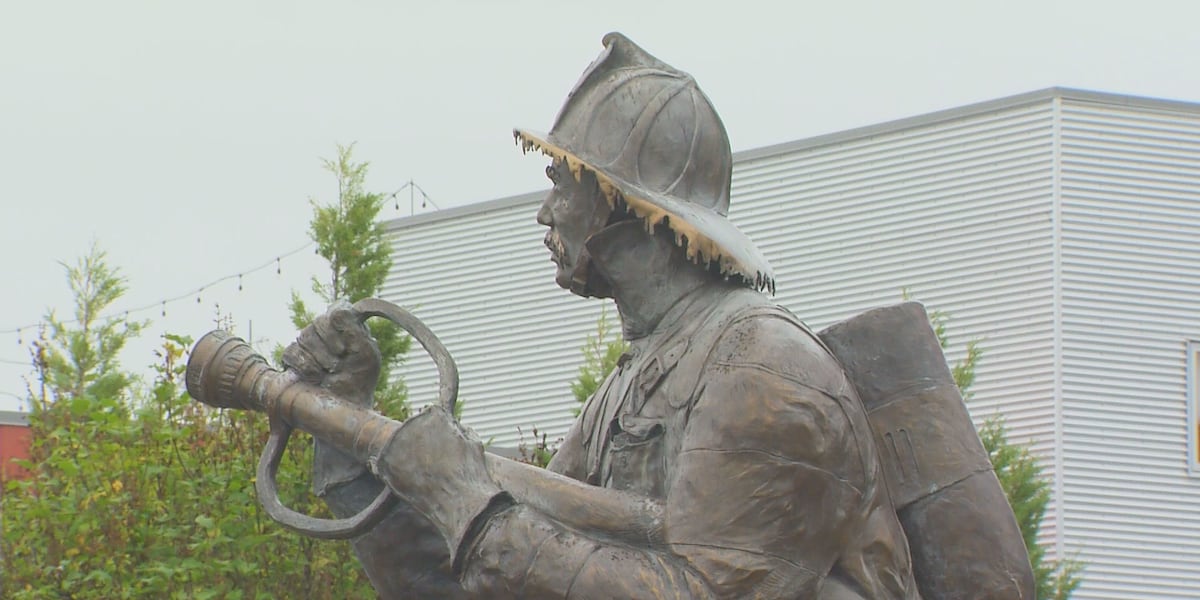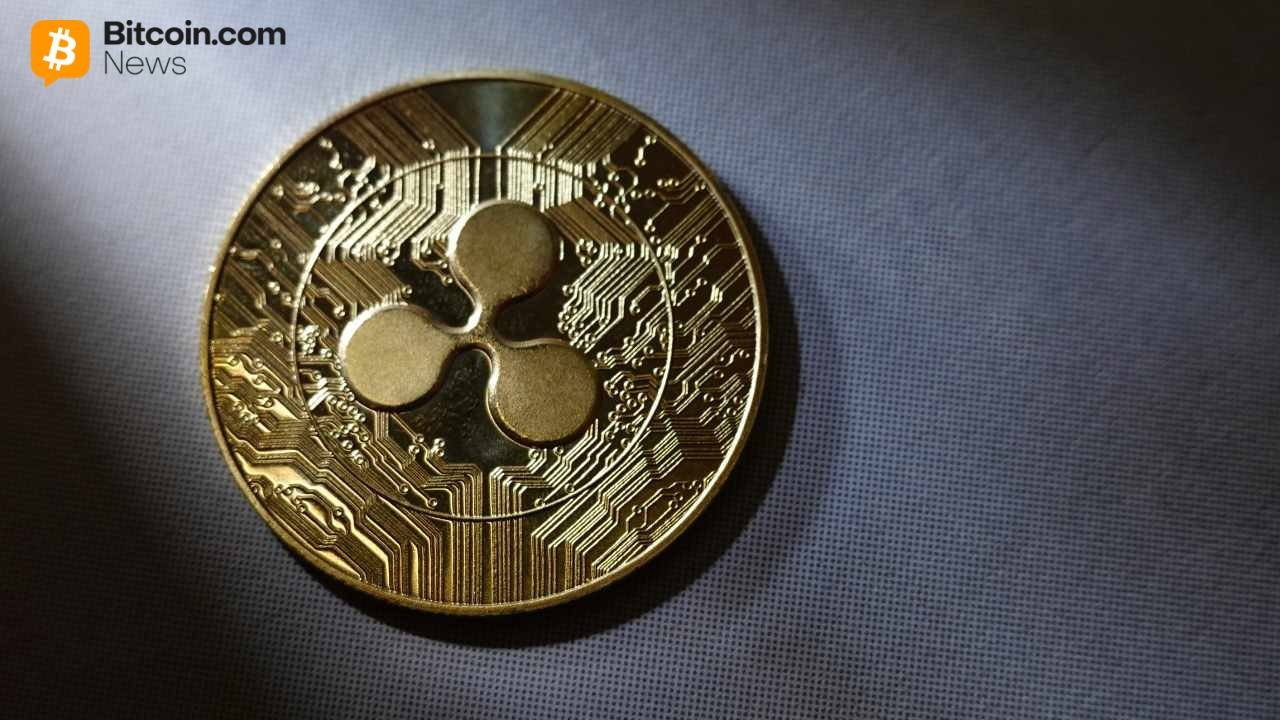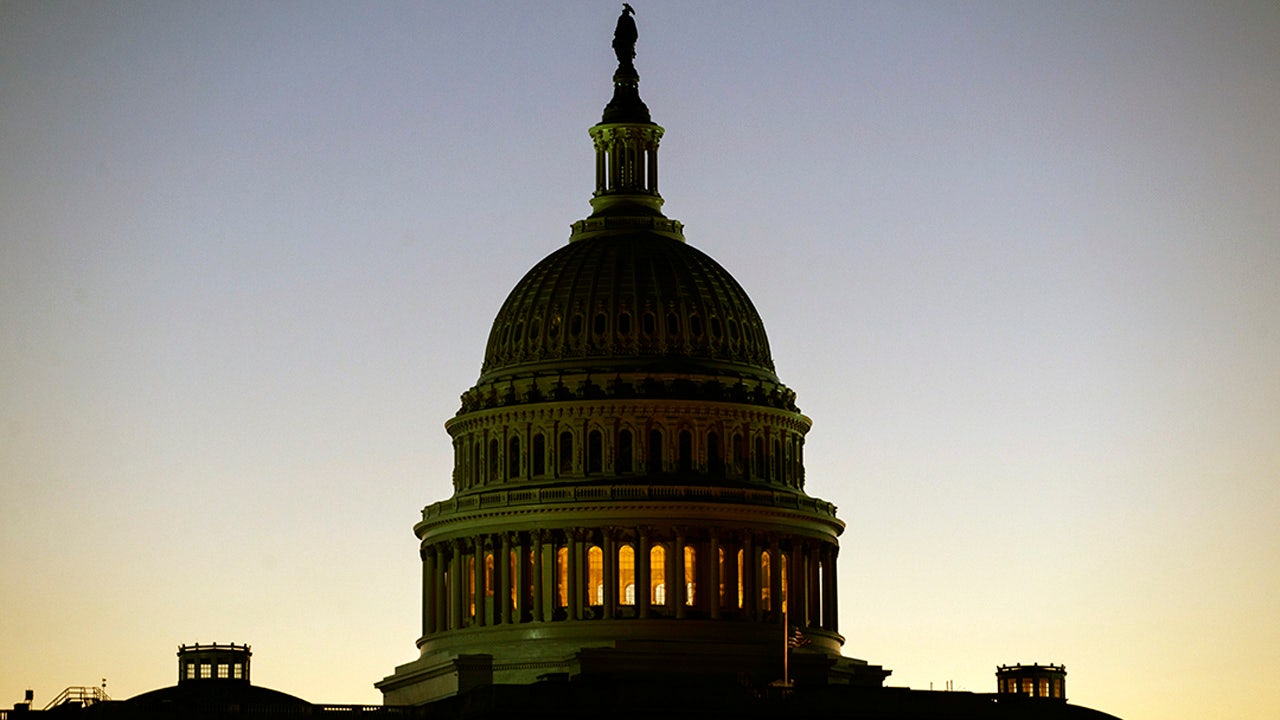Alaska
Crammed with tourists, Alaska’s capital wonders what will happen as its magnificent glacier recedes
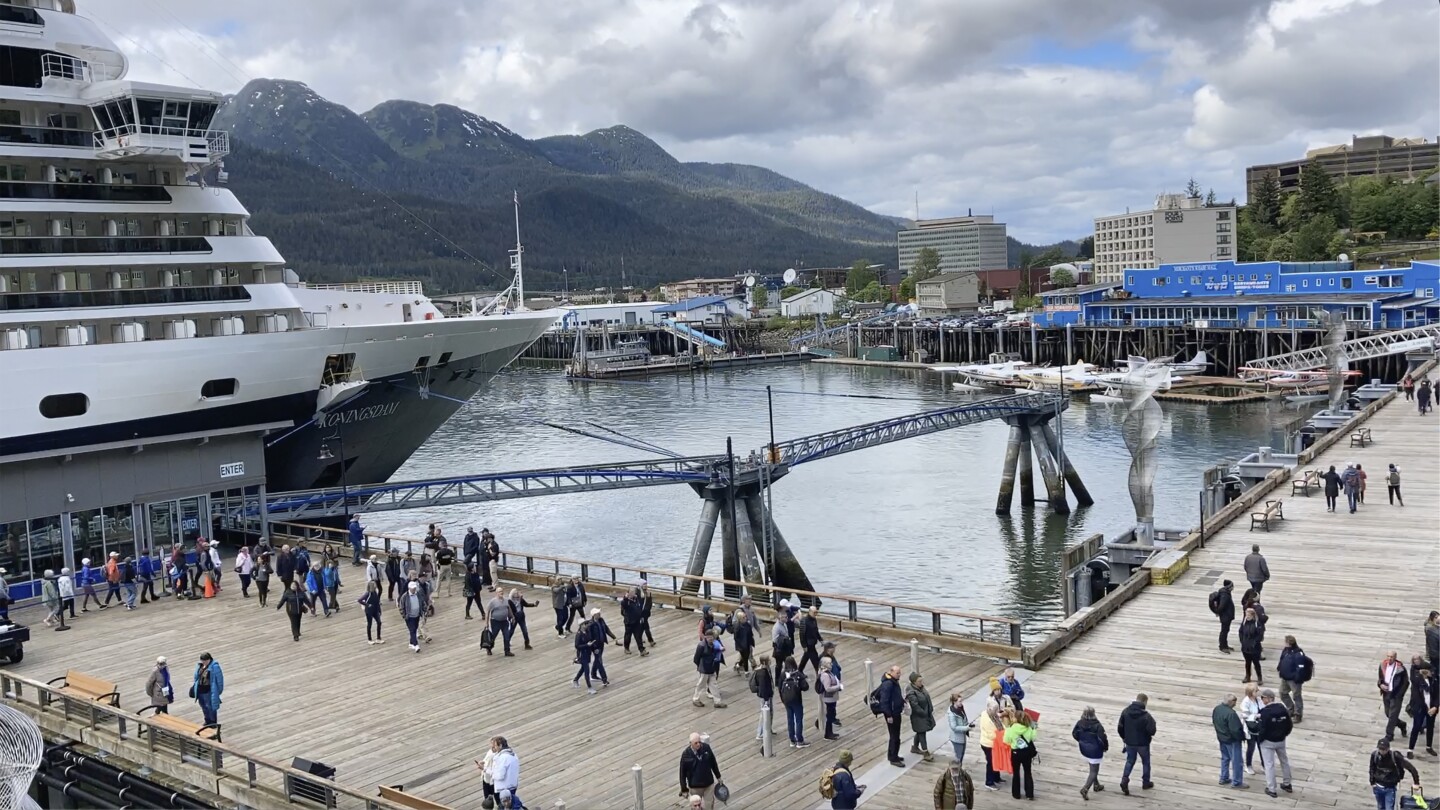
JUNEAU, Alaska (AP) — Thousands of tourists spill onto a boardwalk in Alaska’s capital city every day from cruise ships towering over downtown. Vendors hawk shoreside trips and rows of buses stand ready to whisk visitors away, with many headed for the area’s crown jewel: the Mendenhall Glacier.
A craggy expanse of gray, white and blue, the glacier gets swarmed by sightseeing helicopters and attracts visitors by kayak, canoe and foot. So many come to see the glacier and Juneau’s other wonders that the city’s immediate concern is how to manage them all as a record number are expected this year. Some residents flee to quieter places during the summer, and a deal between the city and cruise industry will limit how many ships arrive next year.
But climate change is melting the Mendenhall Glacier. It is receding so quickly that by 2050, it might no longer be visible from the visitor center it once loomed outside.
That’s prompted another question Juneau is only now starting to contemplate: What happens then?
“We need to be thinking about our glaciers and the ability to view glaciers as they recede,” said Alexandra Pierce, the city’s tourism manager. There also needs to be a focus on reducing environmental impacts, she said. “People come to Alaska to see what they consider to be a pristine environment and it’s our responsibility to preserve that for residents and visitors.”
The glacier pours from rocky terrain between mountains into a lake dotted by stray icebergs. Its face retreated eight football fields between 2007 and 2021, according to estimates from University of Alaska Southeast researchers. Trail markers memorialize the glacier’s backward march, showing where the ice once stood. Thickets of vegetation have grown in its wake.
While massive chunks have broken off, most ice loss has come from the thinning due to warming temperatures, said Eran Hood, a University of Alaska Southeast professor of environmental science. The Mendenhall has now largely receded from the lake that bears its name.
Scientists are trying to understand what the changes might mean for the ecosystem, including salmon habitat.
There are uncertainties for tourism, too.
Most people enjoy the glacier from trails across Mendenhall Lake near the visitor center. Caves of dizzying blues that drew crowds several years ago have collapsed and pools of water now stand where one could once step from the rocks onto the ice.
Manoj Pillai, a cruise ship worker from India, took pictures from a popular overlook on a recent day off.
“If the glacier is so beautiful now, how would it be, like, 10 or 20 years before? I just imagine that,” he said.
Officials with the Tongass National Forest, under which the Mendenhall Glacier Recreation Area falls, are bracing for more visitors over the next 30 years even as they contemplate a future when the glacier slips from casual view.
The agency is proposing new trails and parking areas, an additional visitor center and public use cabins at a lakeside campground. Researchers do not expect the glacier to disappear completely for at least a century.
“We did talk about, ‘Is it worth the investment in the facilities if the glacier does go out of sight?’” said Tristan Fluharty, the forest’s Juneau district ranger. “Would we still get the same amount of visitation?”
A thundering waterfall that is a popular place for selfies, salmon runs, black bears and trails could continue attracting tourists when the glacier is not visible from the visitor center, but “the glacier is the big draw,” he said.
Around 700,000 people are expected to visit this year, with about 1 million projected by 2050.
Other sites offer a cautionary tale. Annual visitation peaked in the 1990s at around 400,000 to the Begich, Boggs Visitor Center, southeast of Anchorage, with the Portage Glacier serving as a draw. But now, on clear days, a sliver of the glacier remains visible from the center, which was visited by about 30,000 people last year, said Brandon Raile, a spokesperson with the Chugach National Forest, which manages the site. Officials are discussing the center’s future, he said.
“Where do we go with the Begich, Boggs Visitor Center?” Raile said. “How do we keep it relevant as we go forward when the original reason for it being put there is not really relevant anymore?”
At the Mendenhall, rangers talk to visitors about climate change. They aim to “inspire wonder and awe but also to inspire hope and action,” said Laura Buchheit, the forest’s Juneau deputy district ranger.
After pandemic-stunted seasons, about 1.6 million cruise passengers are expected in Juneau this year, during a season stretching from April through October.
The city, nestled in a rainforest, is one stop on what are generally week-long cruises to Alaska beginning in Seattle or Vancouver, British Columbia. Tourists can leave the docks and move up the side of a mountain in minutes via a popular tram, see bald eagles perch on light posts and enjoy a vibrant Alaska Native arts community.
On the busiest days, about 20,000 people, equal to two-thirds of the city’s population, pour from the boats.
City leaders and major cruise lines agreed to a daily five-ship limit for next year. But critics worry that won’t ease congestion if the vessels keep getting bigger. Some residents would like one day a week without ships. As many as seven ships a day have arrived this year.
Juneau Tours and Whale Watch is one of about two dozen companies with permits for services like transportation or guiding at the glacier. Serene Hutchinson, the company’s general manager, said demand has been so high that she neared her allotment halfway through the season. Shuttle service to the glacier had to be suspended, but her business still offers limited tours that include the glacier, she said.
Other bus operators are reaching their limits, and tourism officials are encouraging visitors to see other sites or get to the glacier by different means.
Limits on visitation can benefit tour companies by improving the experience rather than having tourists “shoehorned” at the glacier, said Hutchinson, who doesn’t worry about Juneau losing its luster as the glacier recedes.
“Alaska does the work for us, right?” she said. “All we have to do is just kind of get out of the way and let people look around and smell and breathe.”
Pierce, Juneau’s tourism manager, said discussions are just beginning around what a sustainable southeast Alaska tourism industry should look like.
In Sitka, home to a slumbering volcano, the number of cruise passengers on a day earlier this summer exceeded the town’s population of 8,400, overwhelming businesses, dragging down internet speeds and prompting officials to question how much tourism is too much.
Juneau plans to conduct a survey that could guide future growth, such as building trails for tourism companies.
Kerry Kirkpatrick, a Juneau resident of nearly 30 years, recalls when the Mendenhall’s face was “long across the water and high above our heads.” She called the glacier a national treasure for its accessibility and noted an irony in carbon-emitting helicopters and cruise ships chasing a melting glacier. She worries the current level of tourism isn’t sustainable.
As the Mendenhall recedes, plants and animals will need time to adjust, she said.
So will humans.
“There’s too many people on the planet wanting to do the same things,” Kirkpatrick said. “You don’t want to be the person who closes the door and says, you know, ‘I’m the last one in and you can’t come in.’ But we do have to have the ability to say, ‘No, no more.’”

Alaska
Alaska baseball exhibit launches state’s participation in America250

Next year, cities and states across the nation will be honoring the American semiquincentennial, marking 250 years since the signing of the Declaration of Independence.
Each of the 50 states will have unique roles in the celebration and Alaska has already established a theme for its participation in America250: baseball.
State historian Katherine J. Ringsmuth and the Alaska Office of History and Archaeology have developed a traveling baseball exhibit, showcasing a uniquely Alaskan stitch in the American tapestry.
“Alaska’s Fields of Dreams: Baseball in America’s Far North” features nine panels — each representing an inning — that explore Alaska’s role in the national pastime.
From the Knock Down and Skin ‘Em club of St. Paul Island to the game’s expansion north to Nome and the formation of the Alaska Baseball League, the exhibit covers more than 150 years of baseball in Alaska.

Late last year, Gov. Mike Dunleavy signed Administrative Order 357, designating the Alaska Historical Commission as the state agency to coordinate with the national America250 organization and plan and coordinate events.
That put Ringsmuth and the commission, which is headed by Lt. Gov. Nancy Dahlstrom, into action to develop Alaska’s involvement.
And while some states will highlight their roles during early eras of America, Alaska has a relatively short history as part of the U.S. as the 49th state admitted. But as Alaska developed as an American territory even before statehood, baseball was a connection to the U.S.
“What we’re seeing by the 1910s, 1920s with the establishment of places like Anchorage, you see these places turning into real American towns,” Ringsmuth said. “And baseball is part of that agent that’s carrying those values.”

Alaska’s history with baseball is diverse both geographically and in the makeup of its participants.
The exhibit documents the history of Alaska Native baseball and details games in Goodnews Bay in Western Alaska and in Nome, where miners used burlap bags as bases to play on the tundra. It also covers Alaska women who play the game, the arrival of Negro League’s great Satchel Paige in Alaska in 1965, and Midnight Sun games.
The theme for Alaska’s involvement in the America250 is “History for Tomorrow,” and Ringsmuth said that look to the future is a nod at younger populations.
“I thought, let’s do something that makes our young people filled with optimism and (shows) that they can dream for tomorrow, and this can be the promise of tomorrow,” she said. “And I thought sports was a fantastic way to do that.”
The exhibit was shown at a number of places throughout the state over the summer. On Wednesday, the display will be at the Bear Tooth Theatrepub as part of the AK Sports Shorts storytelling event.
One of the seven speakers is Olga Zacharof of St. Paul, who will talk about the Knock Down and Skin ‘Em club, considered Alaska’s first baseball team.
Ringsmuth and Lorraine Henry with the Alaska Department of Natural Resources will also be on hand to talk to attendees about America250-Alaska during the intermission.
The event starts at 6 p.m. and tickets are $20. A portion of the proceeds goes to the Healthy Futures Game Changer program, which “provides small grants to youth from low income families to remove barriers to participation in sports and recreation such as equipment, fees, and transportation costs,” according to its website.

Ringsmuth said the exhibit is a device to get people to learn about the history of baseball in Alaska and an entry into other America250-Alaska events and activities.
The state has big plans for the Week of Dreams — a weeklong tribute to the nation’s pastime culminating on July 4, 2026.
Plans for the week include youth games, legacy softball and Indigenous baseball games and celebrating the addition of Growden Memorial Ballpark in Fairbanks to the National Register of Historic Places.
It will also highlight the Knock Down and Skin ‘Em club, which was founded in 1868.
With the help of Anchorage coach and former pro player Jamar Hill, Ringsmuth connected with the Major League Baseball commissioner’s office, and the event will bring up former MLB players who are also ABL alumni for the Week of Dreams events.
Even active MLB players like Aaron Judge, who was a former star for the Anchorage Glacier Pilots, could be involved via remote methods.
“Our office is talking about doing a story map we can (post) online,” Ringsmuth said. “You know, call us and we’ll record you. What’s your story of playing in Alaska? What’s your favorite memory?”
“We can still engage the players who are going to be a bit busy next summer.”
Alaska
Bartlett pulls out 3OT thriller, Dimond rides the storm: Alaska high school Week 5 roundup

ANCHORAGE, Alaska (KTUU) – As the playoffs inch closer, each successive week of high school action carries more seeding implications and general importance – and one could tell as much from watching the slate of games this weekend.
Every team in the state was active this week except Seward in 9-man, giving plenty of opportunities for statement performances at every level.
Bartlett 12 – Service 6 (3OT)
Service played host to Bartlett looking to extend its record to 5-0, but couldn’t survive a chaotic, back-and-forth game that featured 12 combined turnovers and defensive dominance on both sides.
Golden Bears standout Deuce Alailefaleula notched a first-quarter interception and fell on an errant Service snap to tie the game at 6 late in regulation. After two overtime frames with no scoring, Bartlett back Colt Jardine plunged in for the walk-off touchdown on the first play of triple-OT.
Dimond 25 – Colony 22
The Dimond Lynx invaded a wet and wild Pride Field to take on Colony, and weathered the storm by scoring 19 unanswered points to eke out their first win of the season.
Colony fans huddled underneath tents and umbrellas watched in horror as Dimond surged ahead on a late touchdown strike, before the Knights’ last-gasp drive ended in a sack.
Eagle River 14 – Palmer 31
Though it was a much tighter contest most of the way than the final score would indicate, Palmer’s high-powered offense continued to produce in a similarly rainy matchup with Eagle River.
Twenty-four unanswered Moose points helped Palmer extend its winning streak to four, and secured its first 4-1 start since 2013.
WEEK 5 HIGH SCHOOL FOOTBALL SCORES

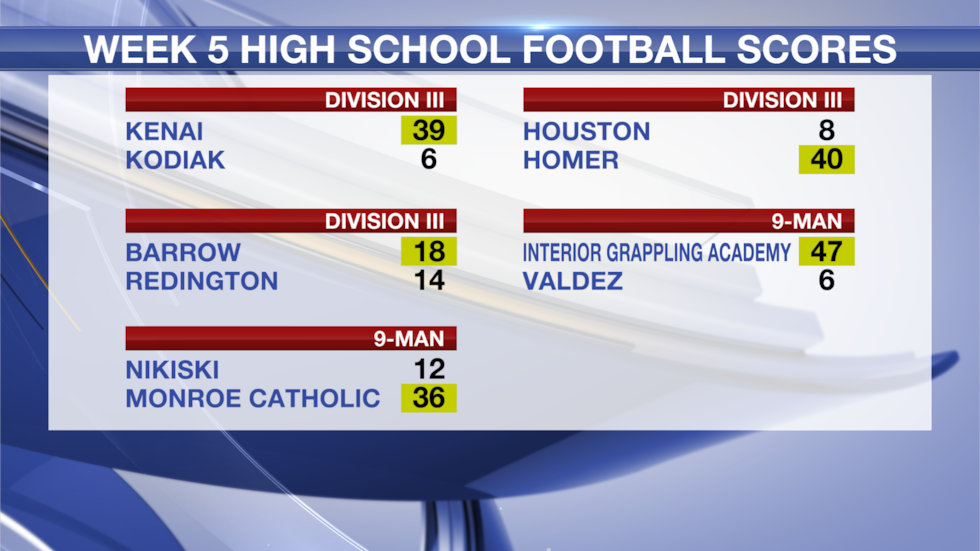
See a spelling or grammar error? Report it to web@ktuu.com
Copyright 2025 KTUU. All rights reserved.
Alaska
UPDATE: 911 outage continues in Anchorage
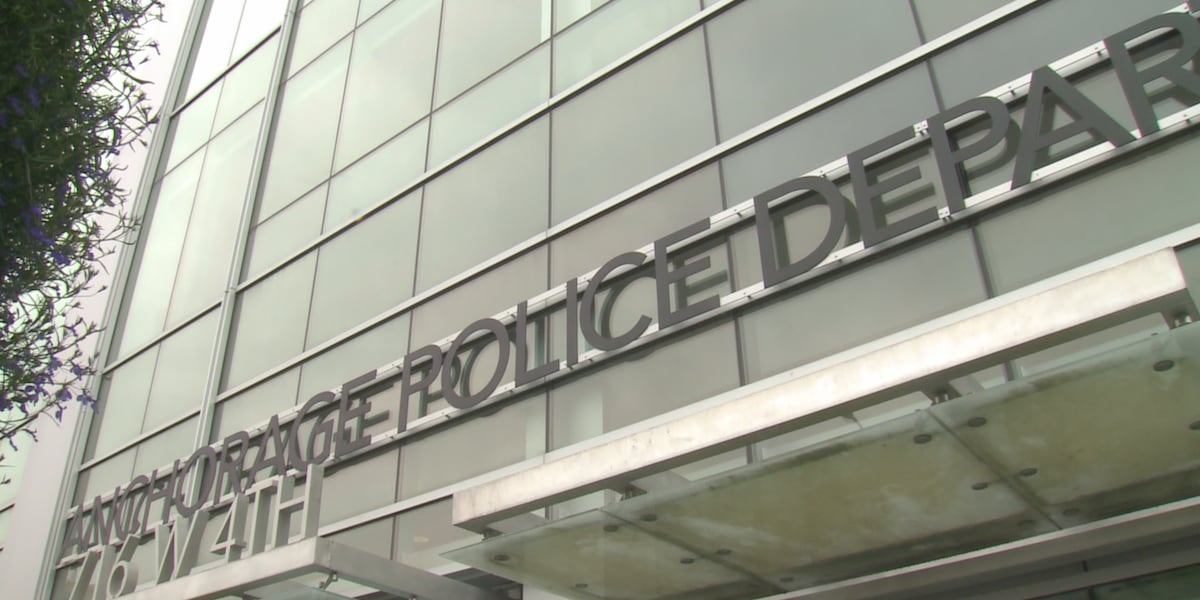
ANCHORAGE, Alaska (KTUU) – The Anchorage Police Department said an outage continues to impact the Anchorage 911 system.
It continues to encourage people in Anchorage who need to use the service to dial 3-1-1 and select option one, or call (907) 786-8900 to connect with police.
ORIGINAL: Anchorage is experiencing a 911 and voice service outage, Alaska Communications told Alaska’s News Source Friday evening.
Alaska Communications spokesperson Heather Cavanaugh said disruption involves home and business landline service as well as 911 calls in Anchorage.
Technicians are working to restore service, but there is no estimated time for when it will be back online, Cavanaugh said. The cause has not been identified, though crews are investigating the source.
“Technicians are still on site working to restore service as quickly as possible,” Cavanaugh said at about 9:40 p.m. Friday night.
Police urged residents to use alternative numbers to reach emergency dispatchers while the outage continues. Anchorage residents can dial 3-1-1 and select option one, or call (907) 786-8900 to connect with police.
Anchorage police first reported a statewide outage late Friday afternoon. Alaska Communications confirmed this evening that the issue is limited to the greater Anchorage area.
See a spelling or grammar error? Report it to web@ktuu.com
Copyright 2025 KTUU. All rights reserved.
-

 Finance1 week ago
Finance1 week agoReimagining Finance: Derek Kudsee on Coda’s AI-Powered Future
-

 World1 week ago
World1 week agoSyria’s new president takes center stage at UNGA as concerns linger over terrorist past
-
North Dakota1 week ago
Board approves Brent Sanford as new ‘commissioner’ of North Dakota University System
-

 Technology1 week ago
Technology1 week agoThese earbuds include a tiny wired microphone you can hold
-

 Culture1 week ago
Culture1 week agoTest Your Memory of These Classic Books for Young Readers
-

 Crypto7 days ago
Crypto7 days agoTexas brothers charged in cryptocurrency kidnapping, robbery in MN
-

 Crypto1 week ago
Crypto1 week agoEU Enforcers Arrest 5 Over €100M Cryptocurrency Scam – Law360
-

 Rhode Island1 week ago
Rhode Island1 week agoThe Ocean State’s Bond With Robert Redford
